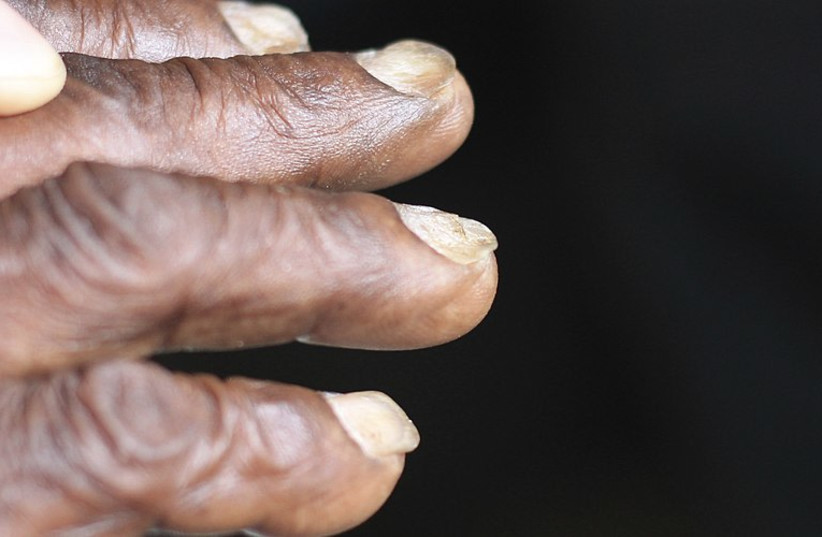A new study has found that using a smartphone picture of a child's inside lower eyelid to diagnose anemia is about 72% accurate.
The findings, published in the peer-reviewed journal PLOS ONE, could make anemia screening more widely available, particularly for children in low-income countries (including in Ghana, where the research was conducted in collaboration with University College London).
What is anemia?
Anemia rates are particularly high in low-income areas due to iron deficiency, with about 25% of the world being impacted. In the US, the condition affects more than 5% of people. Severe anemia often results from malnutrition or parasitic infections. It can be a significant risk factor for death and morbidity, especially in vulnerable groups such as children, elderly adults, and those with chronic illnesses.

In children, the condition can have a significant impact on developmental growth, increasing their susceptibility to infectious diseases and impairing their cognitive development.
How does a smartphone detect anemia?
According to the study authors, there is a need for an inexpensive, accessible, and noninvasive tool able to identify anemia. Ideally, a tool would use already available technology. Researchers said the phone screening tool is much cheaper than existing options, which typically involve taking blood samples, and delivers results quickly.
To assess the possibility of wide-spread smartphone camera use to assist in early detection of anemia, the team took images of the inner lower eyelids, white of the eye and inner lips of 43 children aged under four using a smartphone. They explain that those areas are ideal as they are ones with low skin pigmentation.
The team found that evaluating these body parts through photos successfully allowed them to predict blood hemoglobin levels. This aided them in detecting all cases of individuals with the most severe classification of anaemia, as well as to detect milder anaemia at rates which are likely to be medically significant.
Study author Thomas Wemyss from UCL said: “Smartphones are globally popular, but research using smartphone imaging to diagnose diseases shows a general trend of experiencing difficulty when transferring results to different groups of people.
“We are excited to see these promising results in a group which is often underrepresented in research into smartphone diagnostics. An affordable and reliable technique to screen for anaemia using a smartphone could drive long-term improvements in quality of life for a large amount of people.”
